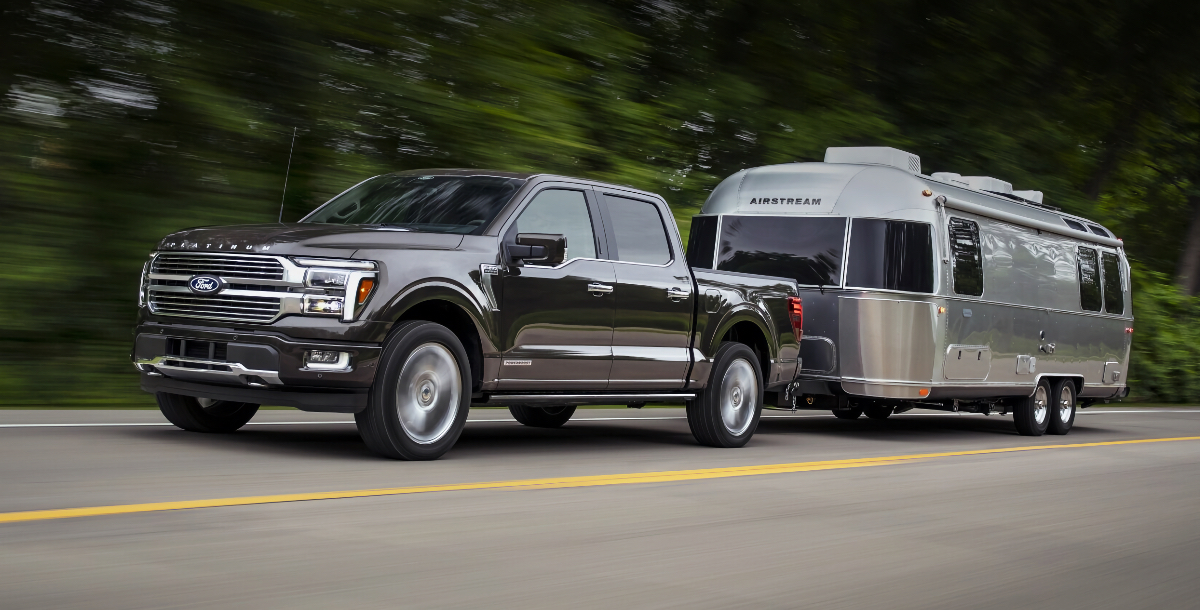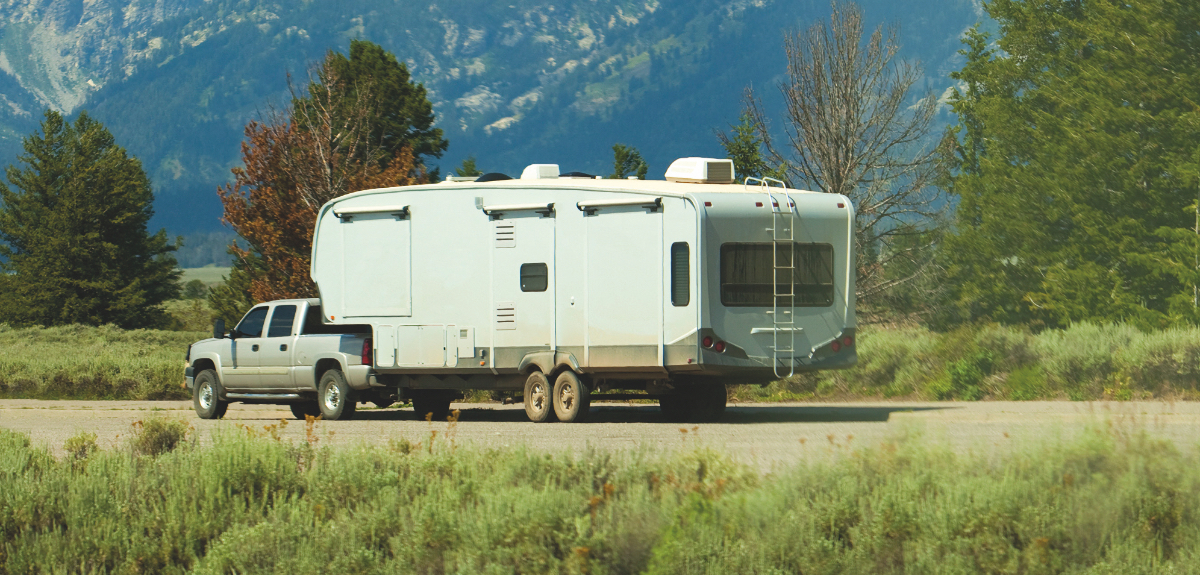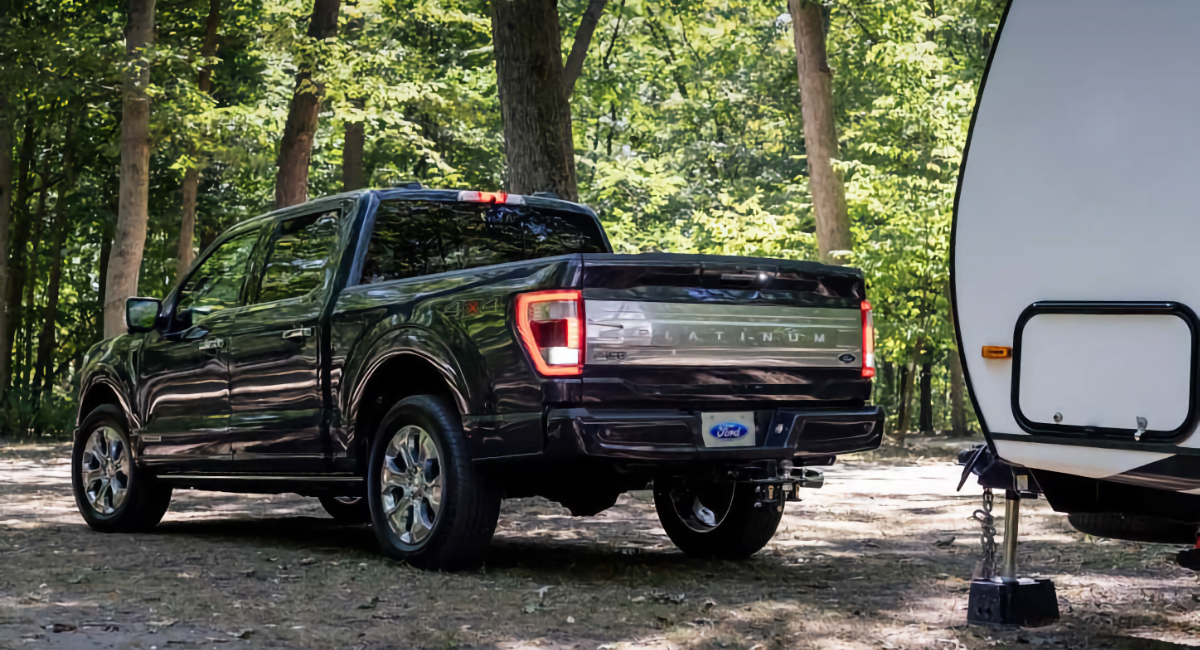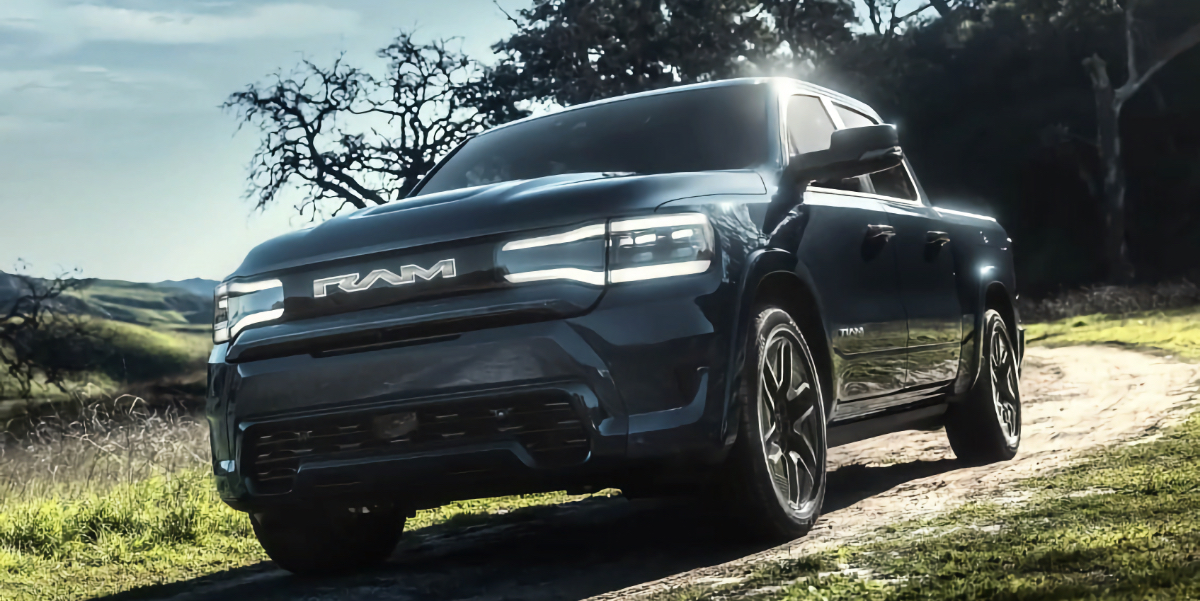Are Polyurethane Bushings Worth It?
What Are Bushings and How Can They Help Your Towing
Image Caption:
When the tail starts wagging the dog more than normal, RV owners often point to their tow vehicle”s hard parts: shocks, ball joints and such. But like cartilage in the human body, a tow vehicle’s suspension and steering system bushings absorb movement and friction between hard parts. Those old, worn-out bushings are the automotive equivalent of osteoarthritis.
FUN FACT: Polyurethane was invented in the 1930s as a synthetic alternative to rubber by Otis Bayer, better known for his aspirin.
Luckily, anti-inflammatories for tow vehicles are available without a prescription. Polyurethane bushings can function like a synthetic hip replacement, providing a compliant, long-lasting buffer between hard parts. Unlike rubber, most automotive polyurethane formulations are UV-stable and chemical-resistant, so road grime, particularly salt, doesn’t cause them to decay.
The Difference Between Bushings
Making poly bushings isn’t as easy as popping a mold from an OE part, then pouring in liquefied polymer. Some overseas and low-end domestic manufacturers have attempted this. Consumers generally get what they pay for. Lower-cost bushings can have varying amounts of hardness, or durometer, within a given production run. Durometer is the hardness measurement for non-metallic materials.
Reputable bushing manufacturers have quality-control standards that only allow a small durometer variation for a given part number. Further, bushings need different durometers for different jobs. High-flex applications such as swaybars and endlinks might call for a 45-60 durometer; leaf spring and certain control-arm bushings need a firmer formulation, such as a 90 durometer. The art and science involves optimizing the bushing for its application. For example, Energy Suspension, which has made poly bushings for more than 25 years, has different recipes for its “stiff” 90-durometer polyurethane chemical depending on whether the bushing’s primary load is torsional or tensile. Aftermarket poly manufacturers might also infuse some parts with advanced composites such as graphite and carbon-fiber to improved strength, quietness and other properties.
OE specs can fall within a wide range to compensate for manufacturing variations. Quality aftermarket poly bushings tend to be more precise. One example is leaf spring bushings that fit tightly in the frame horns — no fender-washer shims necessary. Engineering can involve creating a mold that’s slightly larger than the desired finished product to account for shrinkage during curing. Other details include precise lengths for steel sleeves (which bear loads) instead of settling for “close enough” with one part number for several applications.
What are the Trade-Offs for Polyurethane
If polyurethane is so superior, why isn’t it installed on the assembly line? The simple answer: Poly isn’t as supple as rubber. The automakers prioritize NVH (noise, vibration, harshness). Rubber absorbs these better than poly. And rubber only needs to last past the vehicle’s warranty coverage.
For tow vehicles, poly has two prominent benefits. First, it normally deflects less than the rubber it replaces. This translates to better handling, particularly when towing: less body roll around corners, minimized nose-diving under firm braking. Durability is the other big benefit. Rubber’s tolerances increase as it degrades. Prominent polyurethane manufacturers typically warranty their products for anywhere from two years to however long the original purchaser owns the vehicle (with some caveats). The reality is that these components sometimes outlast their vehicles.
Polyurethane Bushing Installation
Concerning installation, suspension bushings can be a chore to remove, particularly those with rubber-impregnated steel. Energy Suspension uses a 5-ton arbor press in its R&D facility. However, patient do-it-yourselfers can usually accomplish the job at home with a vise, impact sockets (functioning as punches) and large Channellock pliers. Liberal doses of silicone spray lube helps. Less-patient weekend warriors can use a butane or oxy-acetylene torch to melt the rubber prior to hammering out the rest of the bushing with an appropriately sized impact socket. Some OE bushings have steel lips that must be chiseled inward before the unit can be punched/pressed out.
Tips from Energy Suspension to help reduce squeaks
Prep any component that has an eye by sanding the bushing contact area smooth with 400-grit emery cloth. Pits in the metal casting can be filled with JB Weld or equivalent and smoothed out with emery paper when cured. During installation, Energy Suspension says that it’s impossible to use too much assembly grease. Bushing kits normally include a tub of lube, which is often marine-market waterproof wheel bearing grease. After installation, excess grease wipes off with a WD-40-coated rag.
Other Options for Improving Tow Rig Handling
Steering stabilizers, aftermarket shocks/struts and high-performance ball-joints are a few other options for improving tow-rig handling. For the best bang-for-buck handling improvement over the long haul, though, consider re-bushing with a polyurethane kit from a name-brand manufacturer.





